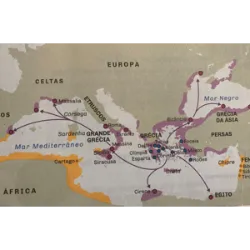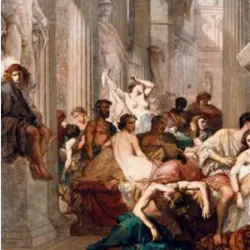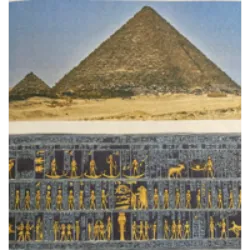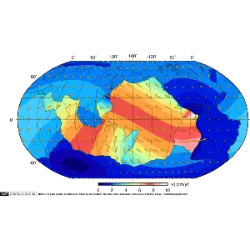Fall of the Western Roman Empire
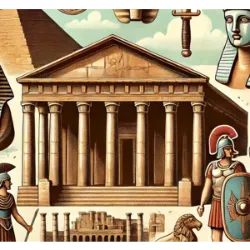
In 476 AD, the fall of the Western Roman Empire marked a crucial milestone in European history and the beginning of the Middle Ages. The last Roman emperor, Romulus Augustulus, was deposed by the barbarian leader Odoacer, signaling the collapse of an empire that had dominated vast regions of Europe, Asia, and North Africa for centuries. With the fall of the empire, Western Europe entered an era of great political and social instability, ushering in the medieval period.
The end of the Roman Empire resulted in the fragmentation of the territory into several barbarian kingdoms, such as the Visigoths, Ostrogoths, and Franks. This marked the transition from a centralized system to a decentralized political organization, where power was divided among small kingdoms and feudal lords. The Catholic Church emerged as one of the main institutions of power, offering stability amidst the chaos.
The fall of the Western Roman Empire, therefore, was a watershed, inaugurating a new phase in European history, characterized by new social, cultural and political dynamics, which would shape the Middle Ages for centuries...
Did you know?
